Can I visit the US? Latest travel advice as government mulls hotel quarantine for arrivals
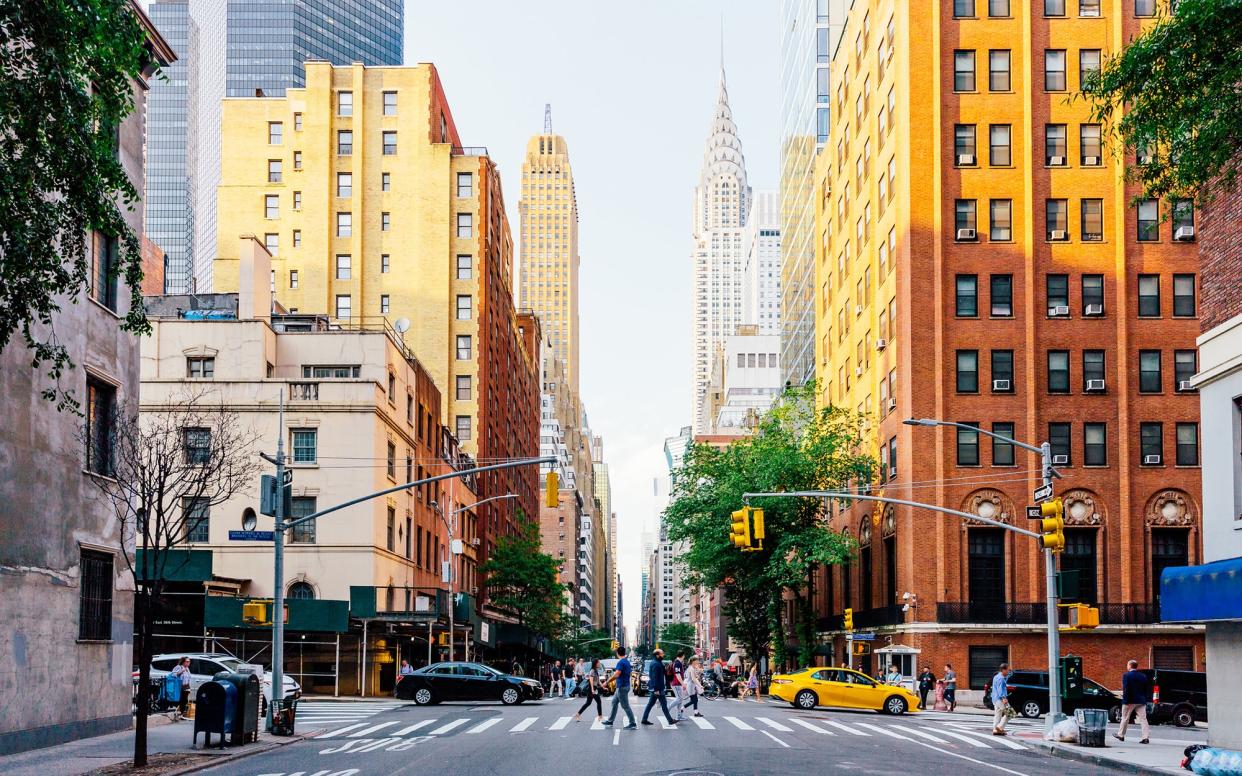
Though cases across the US are falling, the UK government is considering adding the country to the travel red list
UK health officials reportedly met last week to decide whether the US should be added to the UK's red list. If approved, all travel to the US would be banned, with Britons travelling home forced to quarantine for ten days in Government-approved hotels costing up to £1,750 per person.
Last Wednesday, the Department for Transport (DfT) and health officials considered the latest scientific data on the risk of new Covid variants from the US. Ministers at the Cabinet Covid operations committee then supposedly met to discuss this – a decision has yet to be announced. Whether on the red list or not, all British residents are currently banned from travelling abroad due to current lockdown measures. Any returnees to the UK from the US must present a negative Covid test on arrival, quarantine for ten days, and take a further two tests while doing so.
Currently, entry to the US is not permitted to British nationals if they have been in the UK or Ireland within the past 14 days. Travellers from other nations must provide either a recent negative coronavirus test or evidence that they have already recovered from the disease.
Both the US and the UK struggled in recent months with Covid case numbers. Numbers have recently dropped dramatically, however, as both nations roll out their vaccine programmes. The US seven-day Covid average is now just under 67,000, down from a peak of just under 300,000 in January. This, coupled with yesterday's announcement that international travel may resume for Britons from May 17, does give some hope that tourism between the two will resume sometime this summer.
Britons have long loved travel within the USA – almost five million Britons visited the country in 2019 – but the continued ban imposed on all travellers from Europe imposed on March 14 has meant cities such as New York, Boston, Los Angeles, Las Vegas and New Orleans have been off limits to British holidaymakers for nearly a year – many would-be holidaymakers and tour companies are eager to be allowed back in.
For now, travel is off the cards and the US is a complicated picture of varying lockdowns, as not only does each of the 50 states have their own reopening timeline, but each region and county does too, and what’s included in each phase of reopening also varies state-to-state. Anyone planning to travel within the US is strongly advised to check the most up-to-date local information and quarantine restrictions.
Can I go there?
Unless you are a US citizen, married to a US citizen or are a green card holder, the answer is no as the US travel ban for UK tourists remains in place under the Biden Administration. As it does for European Union nationals, or those from China, Brazil and Iran. When the travel ban does lift, all passengers travelling to the US from the UK will be required to test negative, via PCR or Antigen test, no more than 72 hours before departure.
Local rules
New York
This was the global epicentre of the coronavirus in the US – in part, experts believe, because of the large numbers of overseas tourists and business travellers that flooded into its airports every day. A stringent lockdown was put in place, but on July 20 of last year, governor Andrew Cuomo allowed the city to enter phase four of its lockdown, putting all ten of New York into the final phase of a four-phase reopening process.
Due to spiking hospitalisations, Cuomo started putting restrictions back in place in mid-December, starting with the re-shutting down of indoor dining. Landmark easings of restrictions were announced this month, however. New York City’s indoor dining can expand its capacity to 35 per cent, starting Feb. 26. Indoor sporting events will also be allowed to have a limited number of fans for the first time since last year. Limited wedding receptions can resume in mid-March with a capacity limit of 50 per cent and 150-person max attendance.
Outside the city the majority of places are open, including: shops, hair salons, churches, bowlings alleys, museums, casinos, beaches, public pools, botanical gardens and nature parks, hotels, gyms and ski resorts. Restaurants are open, but for outdoor dining only in New York City. Cinemas are permitted to open in certain areas. Amusement parks remain closed.
Restrictions are in place on travellers entering from out of state, who – with the exception of those from New Jersey, Pennsylvania, Connecticut, Massachusetts and Vermont – must test negative for Covid within 72 hours before their departure from their home state.
Once in New York, travellers must quarantine for three days, then take another Covid-19 test on the fourth day. Checkpoints have been put in place to ensure compliance, and hotels and B&Bs have been ordered to ensure travelers fill out a health form before beginning their stay.

California
California saw an early spike in coronavirus cases and went into a swift lockdown, managing to keep its numbers of deaths much lower than many other states. Unfortunately, after entering phase three of its reopening on June 12, 2020, the state saw a huge spike in cases and had to enter into its second lockdown. Infections once again rose last December, and Governor Gavin Newsom instituted yet another strict lockdown on many areas of the state.
Over 85 per cent of California was ordered to stay-at-home in early December, and this number rose to 98 per cent over Christmas. Areas affected are those where the available beds in intensive care units have dropped below 15 percent. Some regions began to open up last month, including the greater Sacramento region, which had enough hospital capacity for its counties to begin reopening some businesses.
Areas that have been locked down have seen the majority of businesses close, including hair salons and indoor restaurants. Bars are closed across the state, irregardless of lockdown. Shops have been allowed to stay open, at 20 per cent capacity, as have outside spaces like parks and beaches – these were all initially forced to close during California's first lockdown.
In areas not under lockdown most places, from cinemas to restaurants to aquariums, are open with the exception of bars.
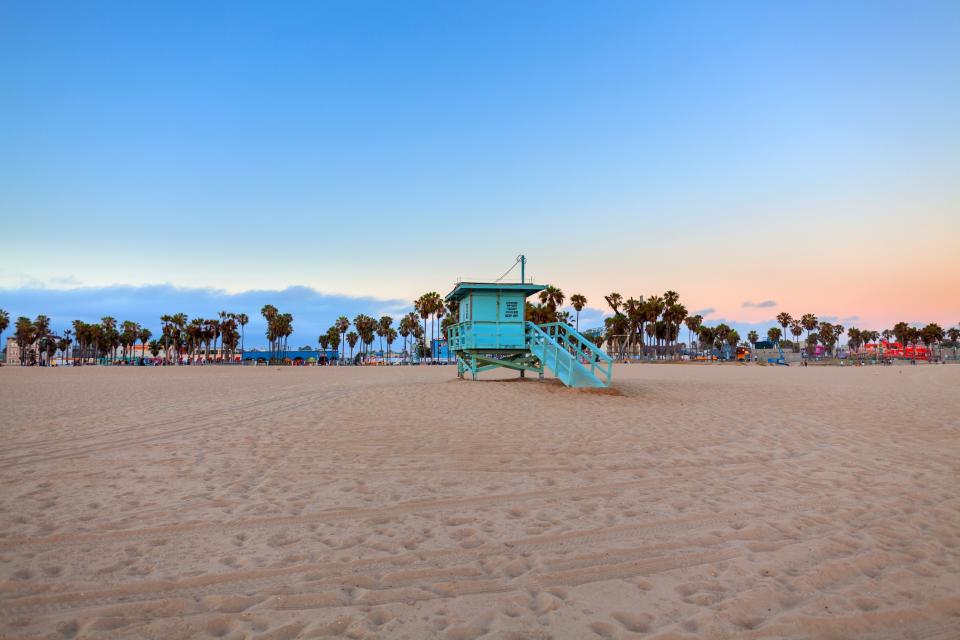
Florida
One could be forgiven for wondering whether Florida ever really closed down at all; the state’s stay-at-home order expired on April 30, and in spite of sometimes staggering numbers of coronavirus cases over the past year, much of the state has continued to remain open and face masks, for the most part, are still voluntary. Numbers are once again pretty dire however. A spike in July saw new cases rise to highs of 12,000 a day, but this improved and remained fairly stable until December, when numbers started spiralling again. Cases are now down to a seven-day average of just under 6,000, compared to spikes of 10,000 to 17,000 across December and January.
Florida Governor Ron DeSantis issued an order September 25 that generally lifted restrictions on businesses and suspended fines for people who didn’t comply – now everything in Florida is essentially open, with restaurants, bars and shops at liberty to set their own Covid rules for patrons.
Hotels have reopened, all of the state's most beloved attractions, including LEGOLAND Florida, Universal Orlando and Walt Disney World.
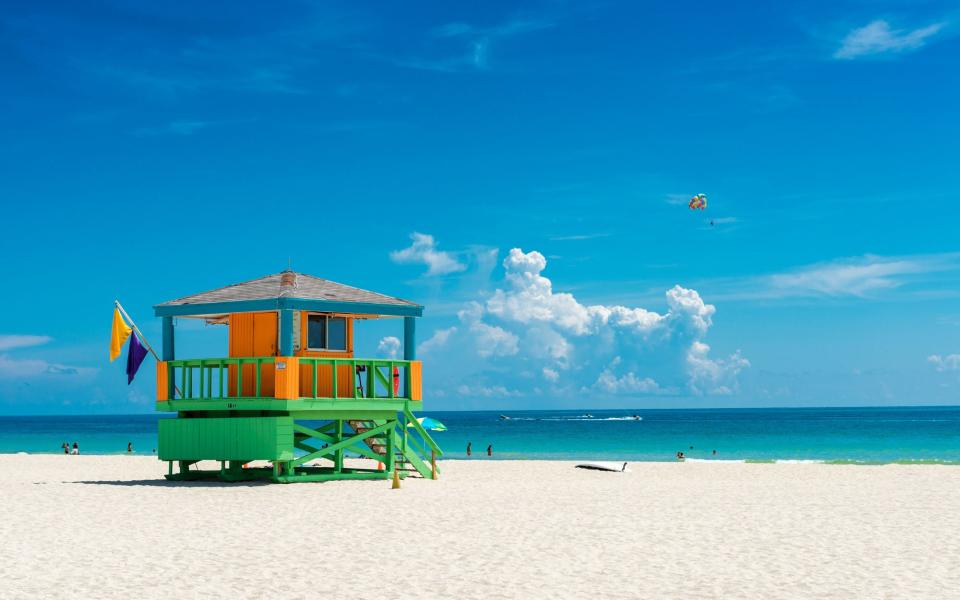
Nevada
After initially reopening in late spring last year, Nevada's governor Steve Sisolak had to bring back some pandemic rules due to a spike in cases over July and August. Rules were relaxed again, but then had to be brought back in late November after another rise in cases. A"statewide pause" was announced, with stricter capacity limits on many businesses and stronger rules on both gatherings and mask usage.
Restrictions were once again eased this month, and from February 15 capacity limits were loosened for many businesses. Capacity has jumped from 25 per cent to 35 per cent in restaurants, bars, places of worship, gyms, fitness and yoga studios, arcades, racetracks, bowling alleys, and pool halls. Libraries, museums, art galleries, aquariums and zoos have moved to 50 per cent capacity. Currently, both Nevadans and visitors are required to wear a mask at all times in public and private, when around people not of their immediate household.
In Las Vegas, as well as across the state, gaming operations have moved to 35 per cent occupancy. Strict social distancing requirements are in place and masks are required at all times unless actively drinking.
Public gatherings are limited to 50 individuals or 25 per cent of the building's fire code capacity (whichever is less). In essence, most places are open, but with heavily restricted capacities.
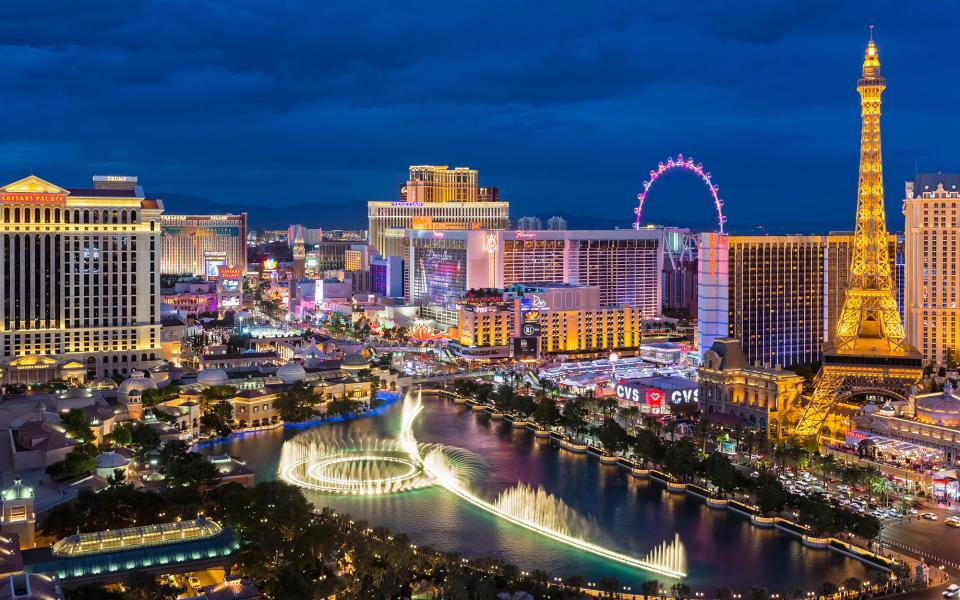
Washington DC
Washington DC, the nation’s capital began its phased reopening on May 29, 2020 and entered phase two on June 11. The state remained in this phase until just before Christmas, when Mayor Muriel Bowser 'paused' a number of activities, including indoor dining, and visits to museums and libraries until January 22. The pause has now been lifted, and indoor dining at restaurants has resumed at 25 per cent capacity (or no more than 250 people) and museums have reopened with no more than 250 people allowed per floor and no guided tours.
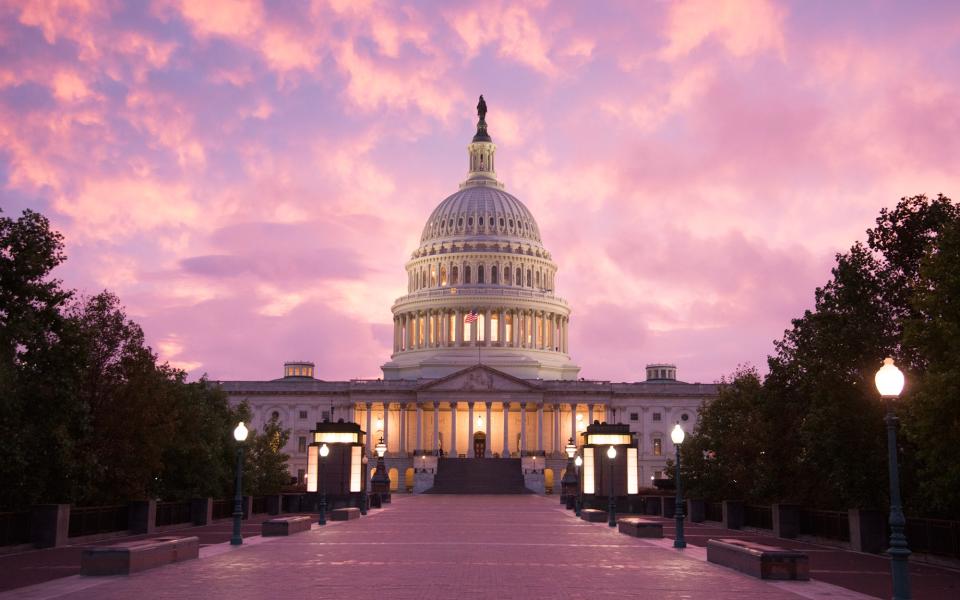
Utah
With a low death count throughout the state, Utah never had a formal stay-at-home order, and was able to begin reopening earlier than many states. A new rise in cases prompted the governor, Gary Herbert, to pause any further reopening stages in mid-June 2020 – but this has since been lifted and Utah continued to steadily reopen, despite warnings from health officials about spikes in cases. All restrictions on social gatherings were lifted in November 2020, and everything within the state is open.
The sole restriction still in place is mask-wearing, which former governor Gary R. Herbert, a Republican, made mandatory for all counties until January 21 – which was then extended to February 22 – back in December. At the same time he also removed restrictions on alcohol sales after 10pm.
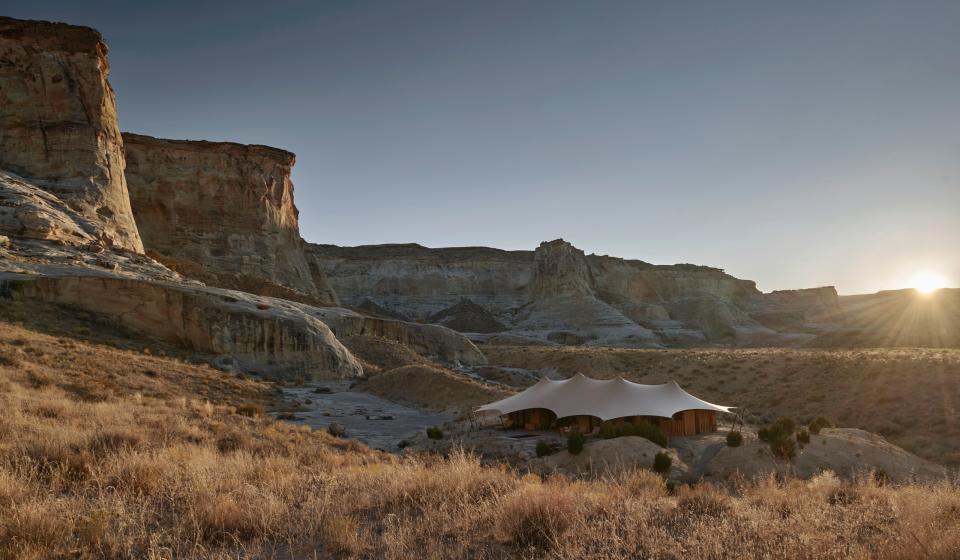
Texas
Despite an increasing number of cases throughout June, the state ebulliently pushed on with its reopening schedule, with the state Governor, Greg Abbott, asserting that there was ‘no real need’ to scale back business openings. The governor then had to backtrack on this, and urged Texans to stay at home and socially distance themselves in late June.
In October, Abbott began to show signs of easing restrictions again: the governor announced that bars in Texas could reopen for 'in-person service' at a capacity of 50 per cent, as long as their county governments choose to allow it, and that businesses limited to 50 per cent capacity could expand to 75 per cent capacity.
Last month, however, the governor once again had to bring back restrictions to certain areas. Counties that have seen Covid-19 hospitalisations rise abover 15 per cent for more than seven consecutive days must close their bars, and their non-essential businesses must reduce capacity to 50 per cent.
Outside of these areas – which includes Austin – most places are now open in Texas, including restaurants, bars, salons, cinemas, pools, zoos and amusement parks. In Dallas, major attractions such as the zoo, arboretum and botanical gardens are all now open. Aquatica San Antonio reopened on June 13, and SeaWorld San Antonio reopened on June 19. The Alamo Plaza has reopened but its buildings and grounds remain closed.
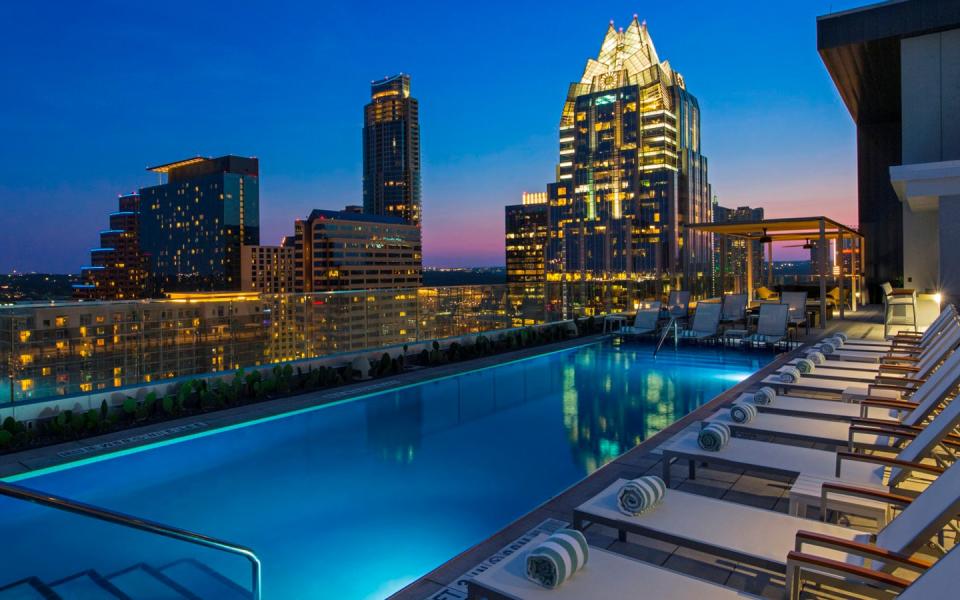
Arizona
Home to the awe-inspiring Grand Canyon, Arizona remains an enduringly popular destination with both domestic and international visitors, attracting six million each year. The state also adopted one of the most aggressive reopening schedules last year, easing restrictions on businesses from the beginning of May and ending its stay-at-home order from May 15. After cases in the state spiked, however, Arizona had to shut down again in late June. After strong pushback from businesses, the state began to slowly reopen again, however cases are now spiking and Arizona's governor, Doug Ducey is under pressure to reinstate stricter regulations.
As of December 28, all 15 counties in Arizona were classified at the "red" level under the state's three-tier color-coded coronavirus tracking and assessment system. Organised events of more than 50 people are banned, and gatherings of ten or more people in or around pools is prohibited. Shops and salons are open, but must follow social-distancing measures, provide PPE to employees and use extra sanitation. Hotels across the state are open, but indoor gyms and fitness centers, bars, nightclubs, indoor theaters, and water parks are all closed. Restaurants can open, but only offer outdoor dining.
Most controversial is the state's mask policy, with Ducey Ducey refusing to institute a statewide mask mandate – instead masks are just required in some businesses.
Many of the state’s most popular national parks are now open, including the Grand Canyon, where the visitor centre is open along with access to Grand Canyon West (Desert View and East Rim remain closed though). Also open are the Glen Canyon National Recreation Area, the Boyce Thompson Arboretum (with a daily cap of 400 people), Monument Valley, the Petrified Forest National Park in north eastern Arizona and Tonto National Forest – the USA’s fifth largest national forest – on certain days.
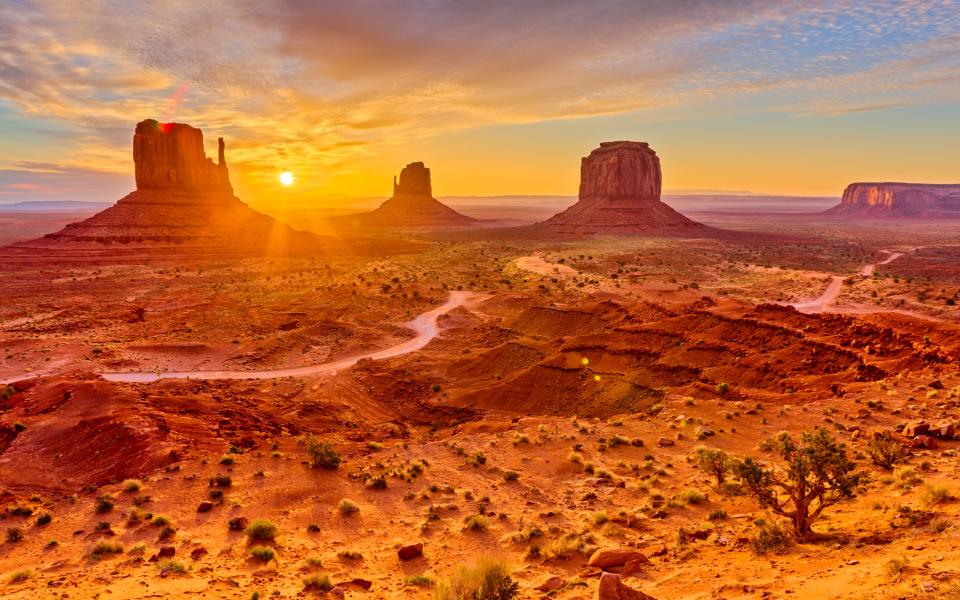
Alaska
Alaska originally had the lowest rates of infection in the country. This spiked in July, came back down, then spiked again last month. Anyone wishing to visit the state must produce a negative test result for Covid-19 within 72 hours of departure for Alaska or quarantine for 14 days on arrival; a similar rule also applies to Alaskan residents travelling out-of-state, who must quarantine and be tested for the virus on arrival back in the state. Since May 22, almost every corner of Alaska’s economy has fully reopened, with a few certain restrictions. Social distancing and face coverings are encouraged, particularly for employees in hospitality industries, but not mandated.
In February, all of the state's emergency declarations expired, ending the few mandated restrictions. These have been replaced with advisories.
Hawaii
Hawaii had a mandatory 14-day quarantine for all arrivals – whether residents or visitors – to the Pacific Ocean state, in place until late July, and a strict lockdown. After reopening, the islands saw a spike in the virus and measures were reinstated, but have since been largely lifted. Shops and salons are open, as are restaurants and bars in some areas. Theatres and bowling alleys are open, and arcades, state parks and campgrounds in some areas. Beaches, parks, pools, waterparks and gyms are all open.
Prior to Christmas, governor David Ige scaled back Hawaii's quarantine requirement from 14 days to 10 for people traveling to the state or moving between islands.
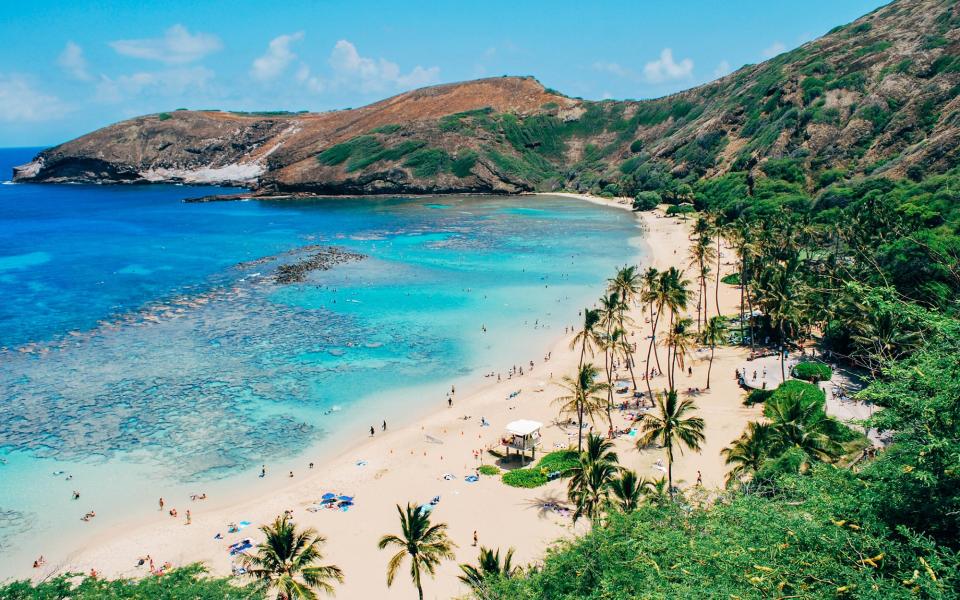
Are flights to the US still operating?
Many airlines have suspended their routes but a limited number of transatlantic flights are operating between the UK and the US.
British Airways, American Airlines and United are running direct flights from London Heathrow to New York, Washington DC, Boston, Chicago, Dallas, Miami, Los Angeles and Atlanta.
On domestic flights, all major US airlines, including American, Delta, JetBlue and United, require all domestic passengers to wear a mask at check-in, security and for the duration of the flight.
Do I need to wear a mask?
The majority of states require mask wearing, but some don't or only require them to be worn in certain areas. The list of states that have mandatory mask mandates are:
Alabama
Arkansas
California
Colorado
Connecticut
Delaware
District of Columbia
Guam
Hawaii
Illinois
Indiana
Iowa
Kansas
Kentucky
Louisiana
Maine
Maryland
Massachusetts
Michigan
Minnesota
Montana
Nevada
New Hampshire
New Jersey
New Mexico
New York
North Carolina
North Dakota
Ohio
Oregon
Pennsylvania
Puerto Rico
Rhode Island
Texas
U.S. Virgin Islands
Utah
Vermont
Virginia
Washington
West Virginia
Wisconsin
Wyoming
The states and territories that don't require a mask to be worn are:
Alaska
American Samoa
Arizona
Florida
Georgia
Idaho
Mississippi
Missouri
Nebraska
Northern Mariana Islands
Oklahoma
South Carolina
South Dakota
Tennessee
How can I get a refund for my holiday?
If your flight or holiday has been cancelled, see our guide on how to obtain a refund or a travel voucher.

